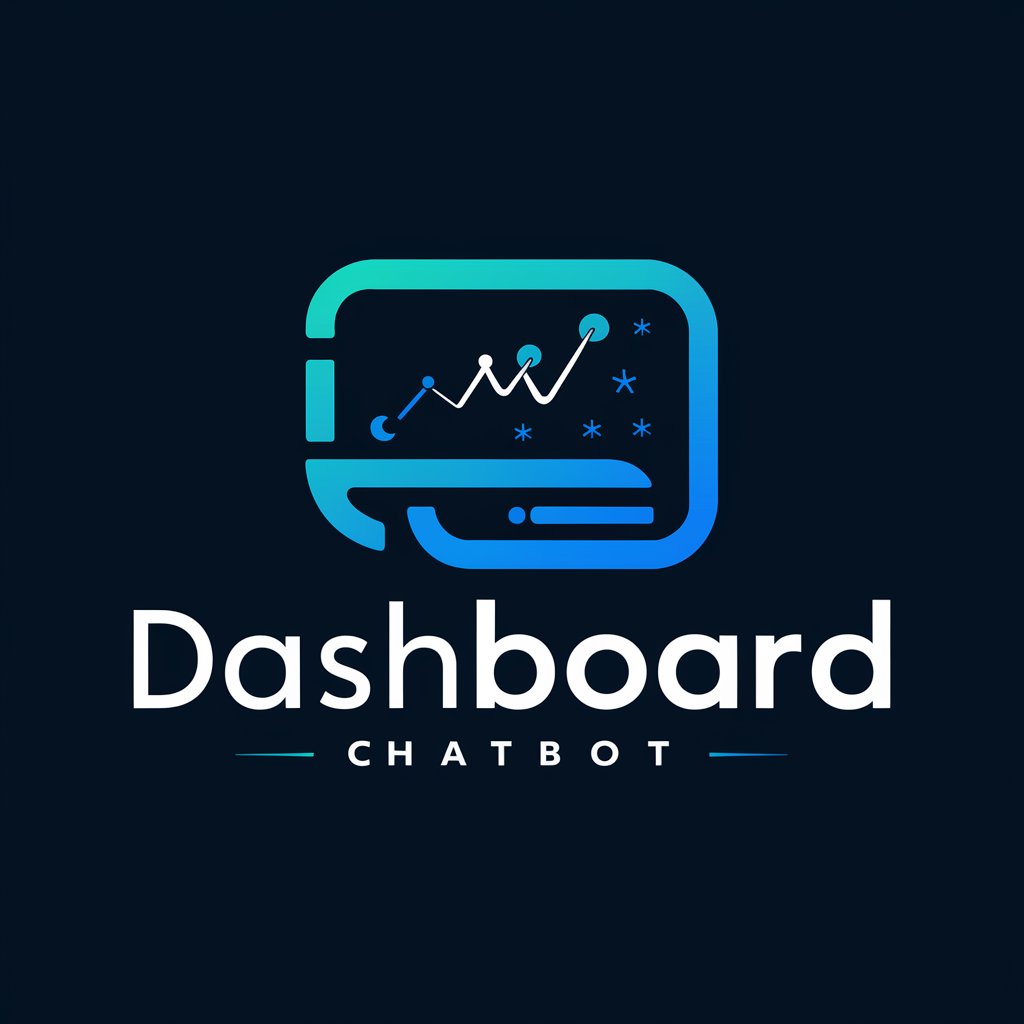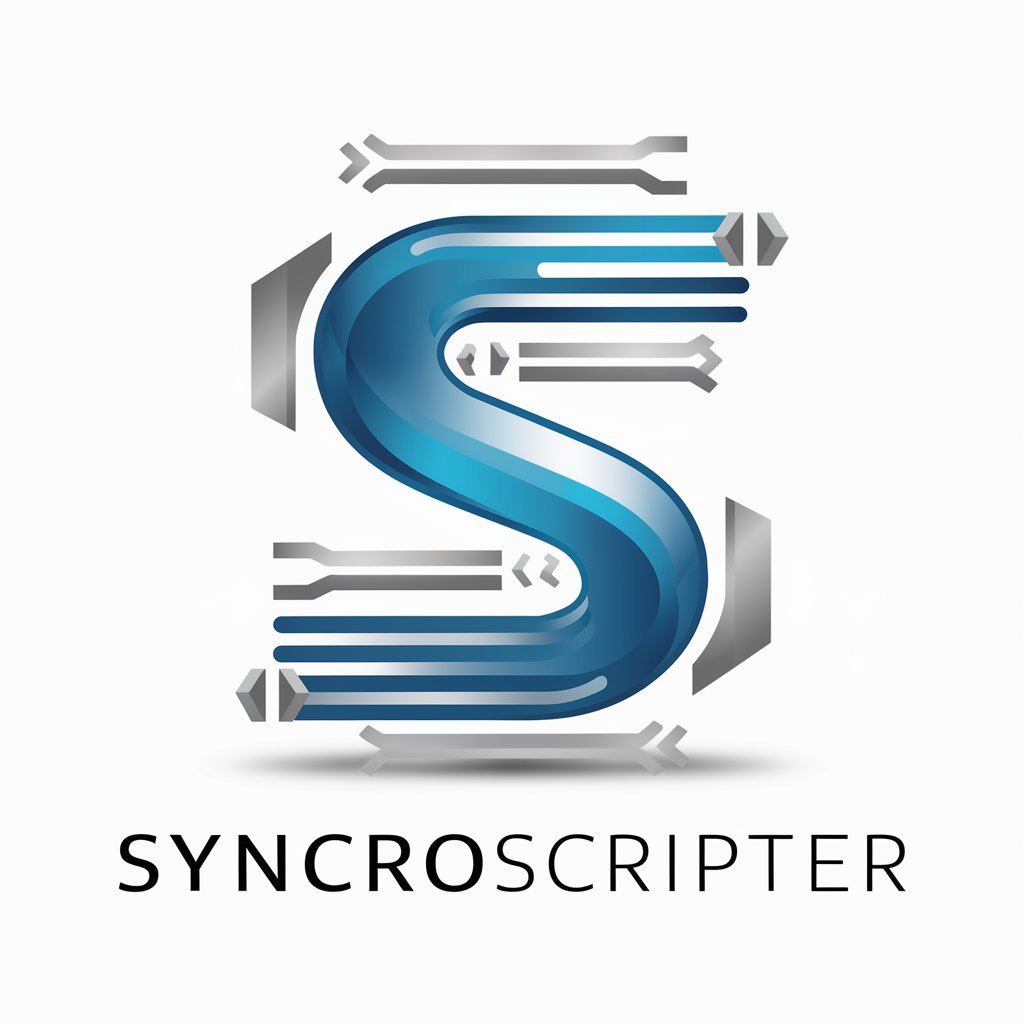
Dashboard-AI-powered assistant for task management.
AI-powered tool for smarter work solutions.

Chatbot specialized in data analysis and dashboards with specific skills in SQL, Python, R, Excel, Tableau and Power BI
Which tool would you like to work on today?
How can Python help me process data and clean it ?
I need to create a DAX measure in Power BI. How can you help me ?
How can I improve the appearance of my charts in Power BI?
Get Embed Code
IntroductionDashboard overview and functions to Dashboard
A dashboard is a centralized interface designed to provide users with an overview of key metrics, data, and information in real-time. The primary function of a dashboard is to present complex data sets in a visually digestible format, such as graphs, charts, and tables, which allows users to make informed decisions quickly. Dashboards are often used in business, project management, and data analysis contexts to monitor progress, track performance, and gain insights. They consolidate information from multiple sources and present it in a clear and intuitive layout. For example, a business intelligence dashboard for a sales team might display live data about sales figures, lead generation, and market trends, allowing managers to make quick strategic decisions.
Main Functions of Dashboards
Data Visualization
Example
A financial dashboard showing various metrics like revenue, expenses, and profits using bar charts and line graphs.
Scenario
In a corporate finance department, managersDashboard overview and functions need to monitor company performance in real-time. The dashboard visualizes financial KPIs, such as monthly revenue, quarterly growth, and year-over-year trends, enabling the team to quickly identify any potential issues or opportunities for improvement. This helps in making fast, data-driven decisions on budget allocations or cost-cutting measures.
Real-Time Monitoring
Example
A server monitoring dashboard showing system uptime, network traffic, and server health.
Scenario
In a tech company’s IT operations, a dashboard monitors the health of various servers and infrastructure components in real time. Alerts for system failures, high CPU usage, or downtime are displayed, enabling the IT team to quickly address potential issues before they affect service delivery. For instance, if the server's CPU usage exceeds a threshold, an alert triggers, allowing the team to proactively intervene to prevent performance degradation.
Data Integration
Example
A marketing dashboard pulling data from social media platforms, email campaigns, and Google Analytics to show website traffic, engagement rates, and conversion metrics.
Scenario
In a digital marketing agency, a marketing dashboard integrates data from various platforms, like Facebook Insights, Google Analytics, and email campaign software. This consolidated view allows the marketing team to track the performance of various campaigns simultaneously. For example, the team can track how a recent email campaign led to an increase in website traffic and conversion rates, while also comparing performance across different social media channels. This helps in optimizing future marketing strategies.
Ideal Users of Dashboards
Business Executives and Managers
Business leaders and managers are key users of dashboards, as they need to monitor company performance, track key performance indicators (KPIs), and make strategic decisions based on up-to-date data. Dashboards enable them to gain a high-level overview of their business without having to sift through complex spreadsheets or reports. For example, a CEO might use a dashboard to monitor overall revenue, sales pipeline health, and employee performance, allowing for quick decisions and action plans.
Data Analysts and Data Scientists
Data analysts and scientists rely on dashboards to aggregate, analyze, and visualize large datasets. Dashboards allow them to create customized reports and dashboards that highlight trends, correlations, and anomalies within the data. By using dashboards, they can monitor the performance of various models, track data quality, and provide insights to other stakeholders. For instance, a data scientist may use a dashboard to monitor the output of a machine learning model in real-time to ensure it’s performing as expected, or identify areas where the model needs refinement.
Marketing Teams
Marketing professionals use dashboards to track campaign performance, website traffic, and customer engagement metrics. Dashboards allow them to quickly assess the effectiveness of ongoing campaigns, optimize strategies, and make data-driven decisions. For example, a marketing team may use a dashboard to track how many leads were generated from a specific ad campaign and how well those leads converted into customers. The real-time data helps them adjust their approach to maximize ROI on marketing spend.
IT Operations and Systems Administrators
IT professionals use dashboards to monitor infrastructure health, server performance, network traffic, and security threats. A real-time IT dashboard might display the status of hardware components, alert on potential outages, and offer insights into usage patterns or vulnerabilities. For example, an IT administrator might use a dashboard to monitor multiple servers’ uptime and load, and immediately receive an alert if any server is approaching its resource limit, allowing them to act before the system experiences issues.
How to UseJSON code correction the Dashboard
Start with a free trial
Visit aichatonline.org to start a free trial without the need for login or ChatGPT Plus. You can explore all features immediately without any initial barriers.
Familiarize with the interface
Once on the Dashboard, take a moment to explore the different panels, buttons, and options available. The dashboard is user-friendly and typically divided into sections like tasks, settings, and real-time usage data.
Select your use case
From the homepage, choose your specific use case scenario (e.g., academic writing, brainstorming, etc.). Each section offers tailored tools or suggestions to match your selected need, optimizing your experience.
Start interacting with the AI
Once your use case is selected, enter your queries or tasks into the input area. You can ask anything from brainstorming ideas to creating full-length documents. The AI willJSON code correction respond with tailored suggestions or direct answers.
Review and refine results
Review the AI’s output, and use the options available (e.g., edit, save, export) to refine the results further. Some use cases offer features like text summaries, rewording, or brainstorming enhancements for optimal results.
Try other advanced and practical GPTs
IELTS Listening Master
AI-powered IELTS listening practice tool

Dr. Societário e Empresarial
AI-powered structuring for companies and family holdings.

Script Wizard
AI-powered script creation made easy

Snowflake Helper
AI-powered Snowflake SQL design, tuning, and governance.

EXPERT PRACTICING CHARTERED ACCOUNTANT IN INDIA
AI-driven Chartered Accountant for Instant Expertise

C# (Csharp)
AI-powered C# tool for building, debugging, and shipping fast.

SAP PI PO CPI and Integration Wizard
Automate and simplify SAP integrations with AI.

SyncroScripter
AI-powered PowerShell automation for Syncro MSPs.

After Effects Scripts Maker
Create and automate After Effects scripts with AI.

Java
AI-powered Java guidance from setup to scale.

Matematicas financieras Ver 3.
AI-powered financial math, step by step.

Academic Reframer - Anti Plagiarism
AI-powered plagiarism detection and paraphrasing.

- Academic Writing
- Content Creation
- Research Assistance
- Creative Brainstorming
- Productivity Tools
Frequently Asked Questions About Dashboard
How does the AI handle complex queries?
The AI is designed to process both simple and complex queries. It uses advanced language models to break down intricate tasks into manageable steps and provides detailed answers, tailored to your specifications.
Can I save my work or results on the Dashboard?
Yes, the Dashboard allows you to save your work directly to your account, so you can return to it later. You can also export your results in various formats, such as PDF or text files.
How secure is my data when using the Dashboard?
Data security is a priority. All user data and interactions are encrypted and stored in compliance with GDPR and other relevant data protection laws. You can also delete your data anytime from the settings menu.
Are there any restrictions on the number of tasks I can submit?
For the free trial, there may be some usage limitations based on the volume or type of tasks. However, once you opt for a paid plan, you can access an unlimited number of tasks without restrictions.
How does the Dashboard assist with brainstorming ideas?
The Dashboard uses AI-powered brainstorming tools that analyze your input and generate a list of creative ideas. This feature is especially helpful for writers, marketers, and anyone seeking inspiration for new projects.






